Gorilla Carts 7 cu. ft. Evolution Poly Yard Cart, GCR-7X
The all-new Gorilla Carts GCR-7X Evolution Poly Yard Cart is the perfect tool whether you’re a casual gardener or a lawn professional. Designed and engineered to provide a much more ergonomic hauling solution, the geometry of this yard dump cart provides a very balanced load with an extremely low center of gravity for more stability and much less tipping.
The all-new Gorilla Carts GCR-7X Evolution Poly Yard Cart is the perfect tool whether you’re a casual gardener or a lawn professional. Designed and engineered to provide a much more ergonomic hauling solution, the geometry of this yard dump cart provides a very balanced load with an extremely low center of gravity for more stability and much less tipping. The yard utility cart includes a tough and rugged poly bed built to handle the toughest of jobs and working conditions.
- Yard cart includes innovative 2 wheel design that provides balanced hauling and prevents tipping
- Yard dump cart has 13 in. no flat tires to tackle any terrain
- Yard utility cart bed made of impact resistant poly that’s easy to clean and won’t rust
- Comfortable ergonomic handles
- 7 cubic feet max load capacity
- Quick and easy to assemble
- 600 pound hauling capacity
- Measures 51 in.” x 24.8 in.” x 23 in.”
- Imported
- 1 year limited warranty
Additional information
| Bed Material | Poly |
|---|---|
| Capacity | 7 cu. ft. |
| Frame Material | Steel |
| Handle Length | 21 in. |
| Handle Material | Steel/Poly |
| Handle Style | Push Handle |
| Maximum Weight Capacity | 600 lb. |
| Number of Wheels | 2 |
| Product Height | 24 in. |
| Product Length | 51 in. |
| Product Width | 24.8 in. |
| Product Weight | 42.2 lb. |
| Style | Evolution Cart |
| Tire Diameter | 13 in. |
| Tire Type | Flat Free |
| Warranty | 1 Year Limited |
| Manufacturer Part Number | GCR-7X |

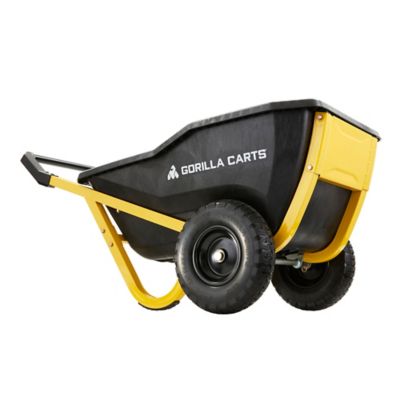
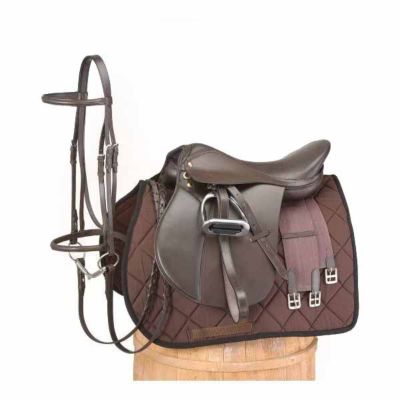

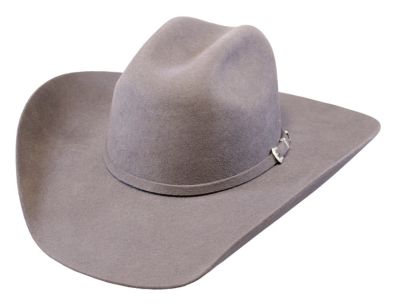
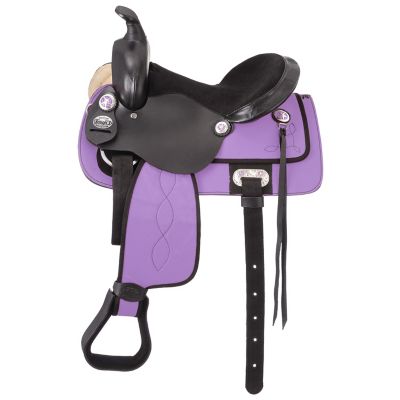
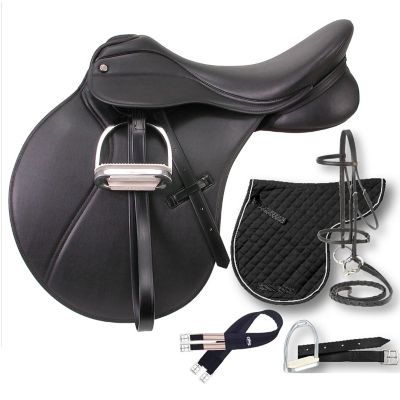
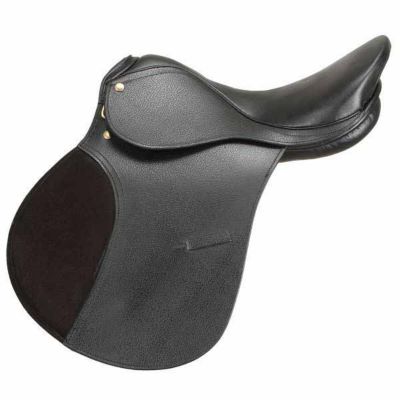
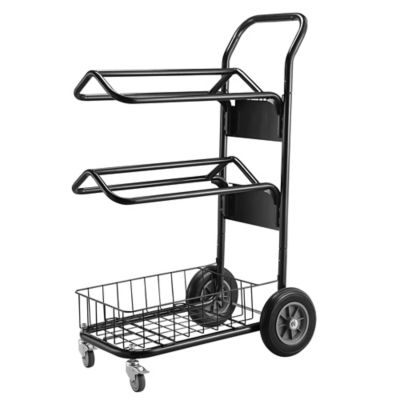
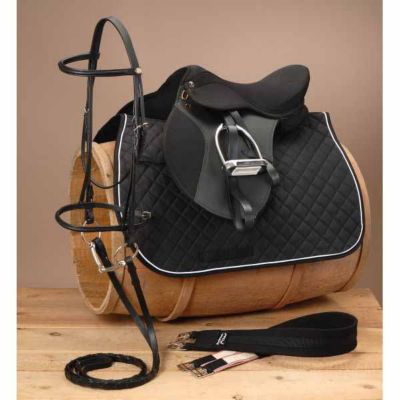
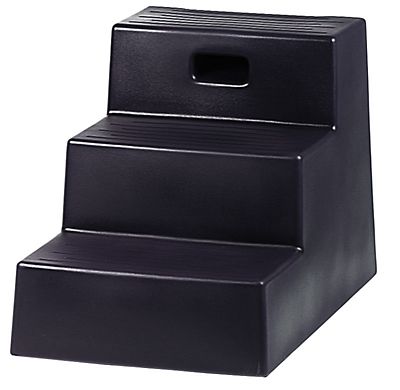
by John
This is a great yard tool, we have been hauling bricks out of the yard for months, and destroyed the old wheelbarrow, this model has held up so well, and is showing no signs of wear, my 2 year old has even enjoyed pushing it around the yard empty!
by Harry
love the quality, sturdiness, size, ease of use-the handle is low and took some getting used to.
by James
This is a strong and durable yard cart. Exceeded my expectations.
by Jess
Using this gorilla cart to move dirt from the front yard to the back. It fits great thru my gate and door and is easy to pull and push…radius is awesome…doesnt tip at all. Really surprised by how easy this was to assemble and move round.
by Bend
These Gorilla Carts are great! Out of the two I have I do prefer the 10 cu ft. Purely because it holds more and is only $20 more. If 7 cu ft fits your need then that is ok too. You can’t go wrong here. These carts are well balanced and push easy and don’t feel like they are going to tip every few feet. Very stable. Heavy loads don’t feel nearly as heavy in these carts. I am a big fan!
by Diane
A very well designed and built cart. I much prefer it to a traditional wheelbarrow. It is much easier to maneuver. The horizontal handle allows the cart to be pushed or pulled. The cart will stand vertically, making shoveling of the last bit of load easy. The no-flat tires make it easy to traverse any surface.
by Joe
The Goilla cart is just the right size for my requirements. It seems to be made well and the bucket seems to be a good thickness compared to what I have seen in other units. I am using it for light stuff now, but have no question that it will haul stones and blocks later on when I build a much needed wall.
by Madison
Measured this with a rectangular bucket and it’s closer to 4.5, maybe 5 if you heap mulch over the top. Very easy to use, and not sure I’d want to muscle around another 2 cubic feet.
by Hayley
It’s lightweight, perfectly balanced, very easy to pull, easy to push, does not turn over, empties easily, stores standing up, and has NO flat tires. Excellent product.
by Gakke
This is a super cart to carry sand, soil, stones e.t.c. Not the best if you plan on mixing materials in it due to the construction of the bucket. Missing the 5th star due to the handle design as it would have been nice to have additional gribs as traditional wheelbarrows has, as the cross handle can be awkward to walk with.
by Chris
Game changer! Whoever designed this is a genius! Built low to the ground. Will not tip over! Holds a ton of weight! Easily pulled around by one hand. Easily loaded an extremely heavy cast iron sink by standing the cart vertically next to the sink and tipping it horizontally. Solid filled rubber tires will last forever and will never go flat or have to be maintained saving much time and future aggravation. Two wheels and low center of gravity prevent cart from losing balance and tipping over sideways like all single tire wheelbarrows. Built for heavy duty use and made to last! These carts will be taking over the wheelbarrow industry as we know it.